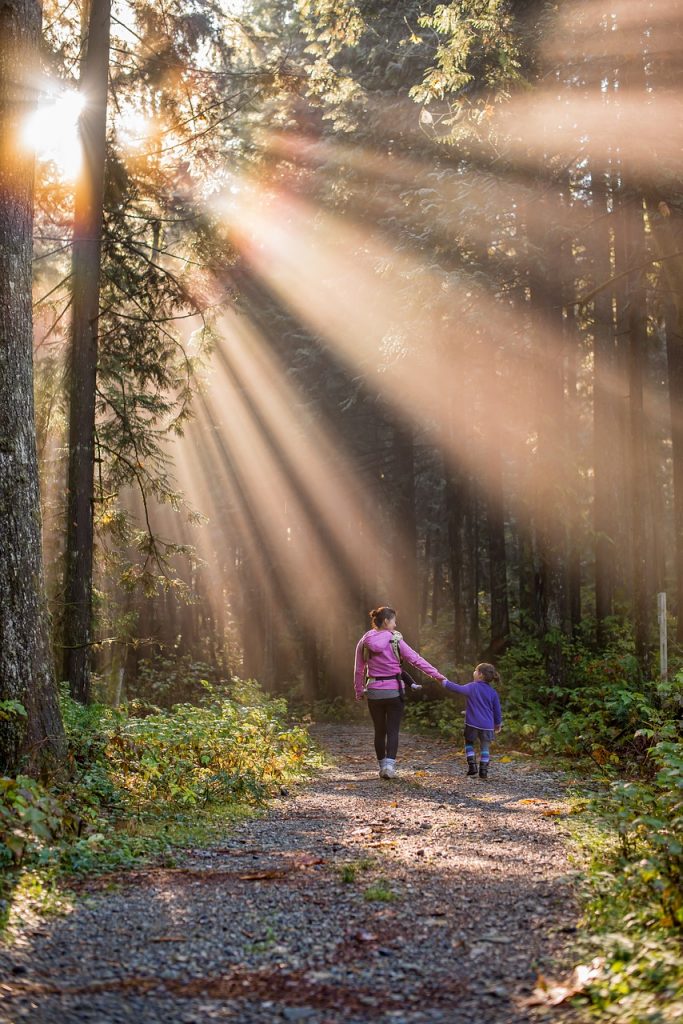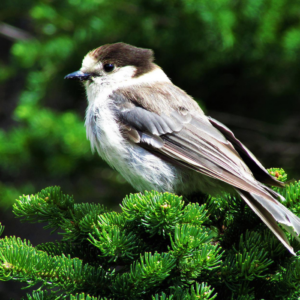Women for Nature Join Conversation Series on Biodiversity Conservation in Canada

Jaime Clifton-Ross
This blog is written by Jaime Clifton-Ross, Research Curator, CRC Research and Changing the Conversation, Royal Roads University.
The rate at which biodiversity loss is increasing is overwhelming. The WWF 2016 Living Planet Report revealed that 67% of wild animals worldwide will disappear by 2020. After examining the habitats of mammals, birds, reptiles, fish, and amphibians across Canada, WWF also reported that 50% of our wildlife species are in decline. Given these alarming facts, it may be unclear about what can be done and how individuals and communities can take action. Raising civic awareness can also be challenging.
To mobilize around this critical issue, Nature Canada and Women for Nature collaborated with Changing the Conversation (CTC), a dialogue platform established by Professor Ann Dale co-chair of Women for Nature. Intended to develop meaning and purpose through conversation and storytelling, CTC re-enlarges public spaces and re-engages different generations in virtual real-time e-Dialogues. As part of this collaboration, we curated a four part conversation series called the Biodiversity Conversations: How important are the common loon and polar bears to Canadians? Intended to increase awareness, engagement, and literacy on biodiversity loss and conservation in Canada, it features expert panelists from Women for Nature. With female researchers, practitioners, and civil society leaders from diverse sectors in conversation, our hope is to stimulate ideas and discuss strategies to help inform the public as well as decision-makers on the topic.
Our first conversation took place on Wednesday, September 27th and featured Professor Ann Dale (Moderator), Dr. Dawn Bazely, Dr. Valerie Behan-Pelletier, Holly Clermont, Chloe Dragon Smith, Eleanor Fast, Susan Gosling, and Anne Murray. Called What is Biodiversity and Why is it Important, e-panelists explored why biodiversity conservation is so important and shared compelling definitions, informative resources, and even relevant art projects. While sharing personal experiences, they also discussed how technology and social media have affected society’s connection to nature and how they can be used to encourage people to spend more time outdoors, specifically children. They finished this informative conversation by discussing barriers to acting on biodiversity conservation.
The next conversation, From the Local to the Global, is schedule for the end of November 2017. Centred on the Monarch Butterfly, e-panelists will explore the need for global governance systems essential to protecting critical habitats and migratory paths. As biodiversity, like climate change, does not respect political borders, we require a broader systems approach for its conservation. Stay tuned for more details, including e-panelists and the official date.
Click here to read or download the full conversation. Share your thoughts on Twitter @NatureCanada and @CRC_Research using #BiodiversityTalks.
Want to learn more about biodiversity conservation? Check out this resource library featuring articles, reports, videos, data visualizations, and other imperative resources on biodiversity. Curated by Women for Nature, Changing the Conversation, and Nature Canada, we’ll continue to update it with resources shared during the conversations.



